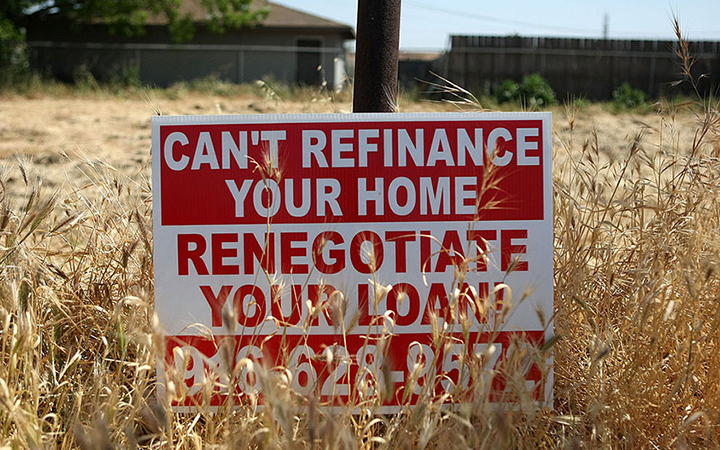The Subprime Mortgage Crisis refers to a financial crisis triggered by a sharp increase in mortgage defaults and foreclosures in the United States. It had a significant impact on banks and financial markets worldwide. The crisis spread from the real estate market to the credit market, causing substantial losses for many financial institutions and their clients. It eventually evolved into a global financial crisis, becoming a major contributor to the global economic recession in the early 21st century and triggering the 2008 world economic crisis.

Causes of the Subprime Mortgage Crisis
Loose monetary policy: The Federal Reserve implemented a loose monetary policy in the early 2000s, leading to historically low interest rates. This stimulated the real estate market boom and fueled borrowing. At the time, Americans believed that the real estate market would continue to prosper for a long time to come.
Lack of financial regulation: Financial regulators failed to adequately oversee financial innovation products, leading to an underestimation of risk and excessive leverage by financial institutions.
Subprime mortgages: Financial institutions issued a large number of subprime mortgages to borrowers with poor credit histories. These loans carried higher risks and default rates. Even borrowers with bad credit could obtain loans through subprime lending. Financial institutions lent money to people who were unable to repay the loans, and then packaged these loans into mortgage-backed securities and financial derivatives, which were then sold to investors and other financial institutions. Rating agencies irresponsibly rated these bonds as AAA, and buyers also believed they could hedge risk through credit default swaps and other means. With these products being repackaged and resold layer by layer, institutions throughout the chain underestimated the risks involved.
Lehman Moment

In March 2008, against the backdrop of the subprime mortgage crisis, the Federal Reserve approved JPMorgan Chase's acquisition of Bear Stearns, the fifth-largest investment bank in the United States, to alleviate its liquidity shortage. The Fed also provided special financing assistance for the acquisition. However, the Federal Reserve underestimated the impact of the Bear Stearns incident, believing that the worst of the subprime crisis might be over, leading to a further loss of control over the situation.
By September of the same year, the U.S. government refused to bail out another investment bank, Lehman Brothers. This move triggered a collapse in market confidence, and the subprime crisis escalated into a financial "tsunami." These two events are known as the "Bear Stearns Moment" and the "Lehman Moment," respectively.
Impact of the Subprime Mortgage Crisis

Global economic recession: The crisis triggered the 2008 global financial tsunami, plunging the world economy into recession. Many countries experienced negative GDP growth, and international trade contracted.
Financial institution bankruptcies: Numerous large financial institutions went bankrupt or were acquired due to holding substantial amounts of non-performing assets, causing panic in the financial markets.
Credit crunch: Financial institutions reduced lending to mitigate risks, resulting in a liquidity crisis in the credit market, making it difficult for businesses to obtain financing.
Financial market turmoil: Stock markets plummeted, bond market yields soared, and exchange rate volatility intensified, increasing financial market risks.
Increased social discontent: Economic hardship and unemployment led to a rise in social discontent, even triggering social unrest in some cases.
The subprime mortgage crisis was a profound global financial crisis that had a far-reaching impact on the world economy and society. It serves as a reminder that the stability of the financial system is crucial for economic development. It is necessary to strengthen regulation and risk prevention to avoid similar crises from happening again.

